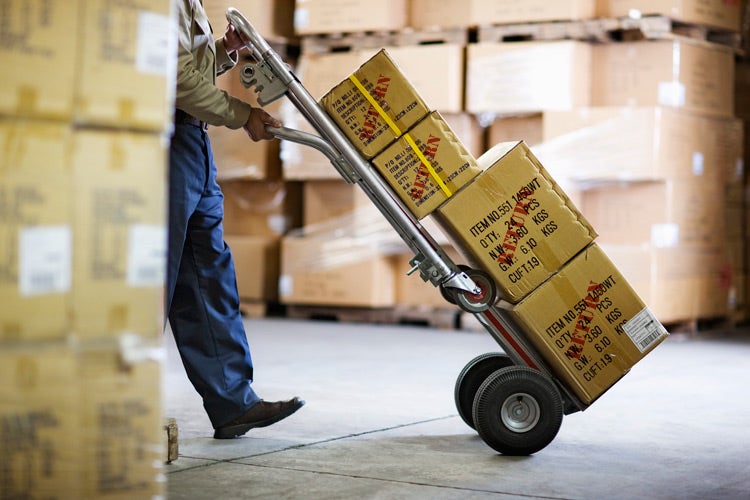4 Tips To Secure Your Packages In Storage and Transit
admin admin | Jan 17, 2019

Transit and warehouse damage remains a problem for shipping companies worldwide. Damaged goods cost businesses time, money, and manpower hours — resources that could be better used elsewhere. ![]()
As a logistics company owner or manager, one of your primary responsibilities is to ensure the safe packing, storage and delivery of all your goods in order to avert costly losses. The risk of damaged goods cannot be completely eliminated. However, having appropriate warehousing and transit processes minimises such risk to a considerable extent.
Follow these tips to secure your packages in storage and transit and prevent damage:
1. Set up safe packing processes.
Protecting and securing your goods starts at packing, and it’s not just efficiency that’s important — safety is, too. Stack boxes or containers top of each other in the correct manner. Don’t put heavy items on top of fragile items, as the weight of the former could break or crush the latter.
Train your staff to give containers a very light shake after packing them just to see if the contents are even a little bit loose. This is a sign that they need to be packed tighter. In this case, additional foam chips or bubble wrap may be required to provide additional cushion.
Once packed, boxes should be sealed using materials such as hand-stretch wrapping films. They’re ideal for bundling multiple packages together due to their excellent stretchability and high damage-resistance. They provide maximum protection against the elements.
2. Automate your systems.
Equip your warehouse with machinery such as high-performance forklifts. Make sure that the aisles in your storage area are wide enough for your forklifts to navigate, to lessen the risk of people and equipment bumping into each other.
Use conveyors to move containers from one area to another and hold them there in preparation for whatever process is next. It helps you in avoiding damage due to dropping of containers and also speeds up your systems.
Constant maintenance of your racking systems is important, too. Don’t use faulty racking systems or overload them because doing so results in damaged goods as well as serious injury to your staff.
3. Label your shipments.
Clear labelling is a must prior to shipping or delivery. Use high-quality labels and ensure that you write easy-to-read item descriptions. Stick the necessary tags on containers such “FRAGILE” or “THIS SIDE UP” so that your delivery people know how to handle them. More durable metal tags can also be used.
4. Proper placement in the delivery vehicle is needed.
Goods can still end up damaged in transit even if they were in excellent storage conditions. This is why proper placement inside the delivery van or truck is crucial. Use stackable containers and stack them in the right way by placing fragile items at the top and heavy items at the bottom.
You also need to reduce the space between containers as much as possible to stop them from falling. Apply generous cushioning and padding materials to decrease the risk of damage in the event that a package falls over.
Do you want to make your storage and transit practices more secure? Then get in touch with Hunter Industrial supplies today!
We offer premium-grade packaging supplies such as our Eagle hand stretch wrapping films that are perfect for bundling multiple packages together. At a very reasonable price, you can make your processes safer and more efficient, thereby reducing operational losses.
Visit the Hunter Industrial Supplies website for further information about our products and follow our blog to know more helpful storage and transit tips.
industrialsupplies12







